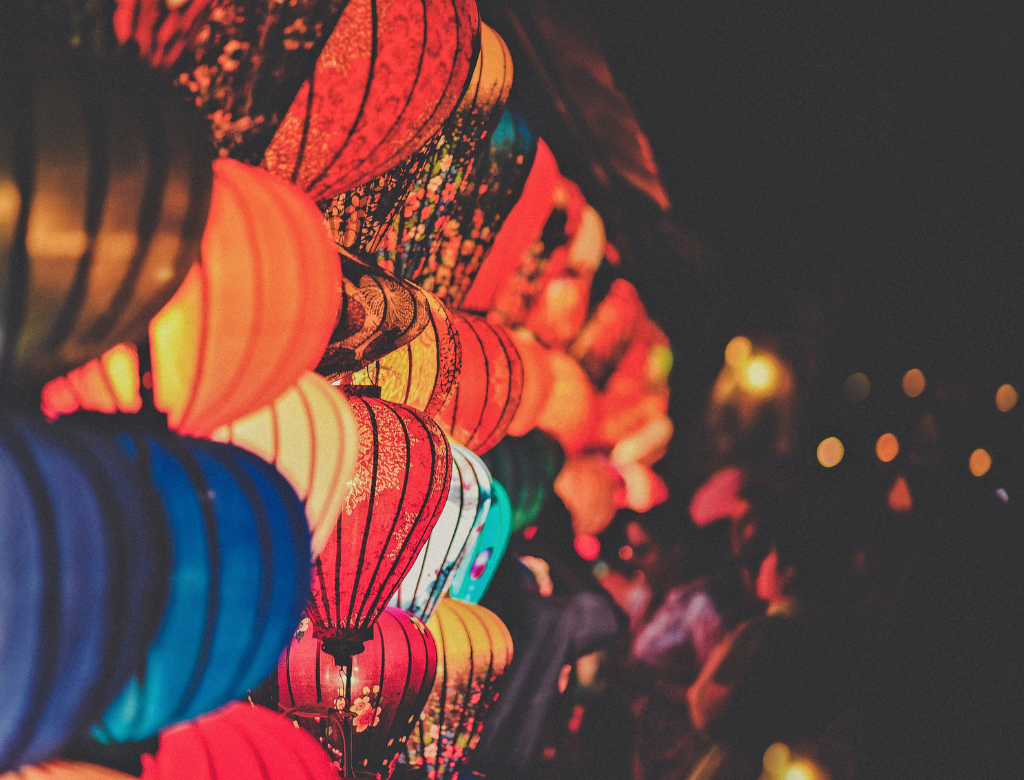Origins and Evolution of Japanese Festivals
Origins and Evolution of Japanese Festivals
Japanese festivals, known for their rich history and cultural significance, have attracted attention worldwide. This article explores the evolution of Japanese festivals.
Evolution of Festivals
Transition of Eras
Heian Period (794 - 1185):The Heian period marked the bloom of Japan's aristocratic culture. Festivals during this era were primarily held in courts and among nobility, heavily influenced by Shinto and Buddhism. For example, the Gion Festival in Kyoto began during this period as a prayer for the eradication of plagues.
Kamakura and Muromachi Periods (1185 - 1573):With the rise of the samurai class, festivals began to take on a more populist character. This era saw an increase in festivals held at local shrines, reflecting gratitude towards the gods for agriculture and fishing.
Edo Period (1603 - 1868):In the Edo period, festivals became a part of popular culture. Especially in urban areas, festivals developed an entertainment aspect alongside the growth of townspeople's culture. The three major festivals of Edo (Kanda, Sanja, Fukagawa) became central to the lives of the townspeople.
Forms of Festivals
Ancient Religious Ceremonies:The earliest festivals began as religious ceremonies honoring natural phenomena and ancestors. These were primarily held at shrines, coinciding with seasonal transitions and significant agricultural periods.
Community-Led Festivals:As time progressed, festivals became driven by local communities. In modern times, residents themselves plan and manage festivals, which now also serve as a means for regional revitalization and tourism promotion.




Comments
Post a Comment